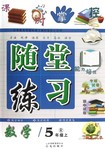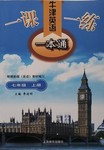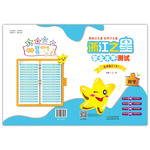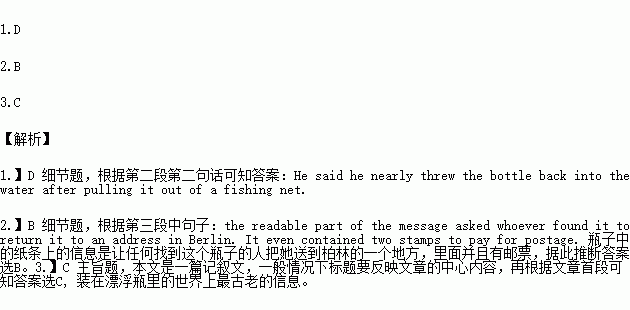题目内容
In April 2014,the world's oldest known message in a bottle was discovered floating in theBaltic Sea. It had spent 101 years lost in the ocean!The message was finally sent to the author's granddaughter.
A German fisherman named Konrad Fischer found the brown bottle near Kiel,Germany. He said he nearly threw the bottle back into the water after pulling it out of a fishing net. Then he noticed something inside.
The bottle in good condition contained a Danish postcard with two German stamps,dated May 17,1913. Although dampness had made most of the writing illegible(字迹模糊的),thereadable part of the message asked whoever found it to return it to an address in Berlin. It even contained two stamps to pay for postage.
From the address,researchers found that the postcard was written by a man named Richard Platz,who was 20 years old when he wrote the message. While he was hiking on the Baltic coast with a nature appreciation group,he threw the bottle into the sea. Then the researchers began a search for any living relatives of his. Sure enough,they were able to find his 62-year-old granddaughter,Angela Erdmann,who still lives in Berlin.
“It was almost unbelievable,”Erdmann said upon being presented with her grandfather's bottle and message.“That was a pretty moving moment. Tears rolled down my face."
Erdmann never knew her grandfather,who died in 1946,but says that the discovery of the bottle has made her want to learn more about him.
The bottle remained on display at the International Maritime Museum in Hamburg until May 1 .After that,the researchers examined the postcard and tried to figure out the meaning of the rest of the message.
Previously,the oldest message found in a bottle spent nearly 98 years at sea and was discovered in April 2012,according to Guinness World Records.
1.When Konrad Fischer picked up the bottle from the sea, .
A. he thought it would bring him good luck
B. he noticed the postcard inside immediately
C. he decided to uncover the secret of the bottle
D. he wanted to throw it back into the sea at first
2.Why did Richard Platz throw the bottle with the message into the sea?
A. He expected his granddaughter could find the postcard.
B. He wished the finder would send the postcard to his home.
C. He believed his postcard would be kept secret at sea forever.
D. He thought he could make friends with the finder of the bottle.
3.What can be the best title for this passage?
A. The finding of a floating bottle at the sea
B. A one-century-old letter to a granddaughter
C. The world's oldest message in a floating bottle
D. The oldest Danish postcard in a floating bottle
 开心蛙状元作业系列答案
开心蛙状元作业系列答案 课时掌控随堂练习系列答案
课时掌控随堂练习系列答案 一课一练一本通系列答案
一课一练一本通系列答案 浙江之星学业水平测试系列答案
浙江之星学业水平测试系列答案Weekend Photography Workshop(研讨班): Seattle Aims
Learn new techniques from a great photographer
Take photos of Pike Place Market, Bainbridge Island, and more
Activity Details
Seattle is a fantastic place to photograph. Spend the weekend taking photos of the historic Pike Place Market, get a new angle on the Space Needle, and photograph harbor views on Bainbridge Island.
This workshop is led by a great photographer and a professional instructor and is designed for people who are interested in improving their digital photography. All participants must bring a digital SLR camera(单反相机), a laptop, and the software for organizing and presenting images. The workshop is limited to 25 participants.
Plan – 3 Days
Day 1—Thursday: Seattle
Settle into our hotel or stay in accommodations of your choice. Gather tonight at a restaurant in town for a welcome dinner.
Day 2—Friday: Pike Place Market & Pioneer Square
Start the day in the classroom with an instructive talk by our photographer. Our first task this afternoon takes us to the oldest running farmers’ market in the country, Pike Place Market. Work on portraits, street scenes, and food photographing. Then photograph the stately 19th century brick buildings of Pioneer Square, Seattle’s historic center. End the day with an edit-and-critic meeting.
Day 3—Saturday: Olympic Sculpture Park & Space Needle
Head out to the Olympic Sculpture Park. Then go to the streets of the downtown area to get a unique view of the Space Needle, and photograph city life against a background of diverse architectural styles. Tonight, we’ll present our best images to the group, enjoy dinner at a local restaurant and end our journey.
Cost
With hotel | Without hotel |
$2,020 | $1,395 |
Meals noted in the plan are included in both options(with and without hotel)
Dates
Jul 11 – 14, 2013 Aug 08—11, 2013 Sep 26 – 29, 2013
Contact Information
For questions about this workshop, please call 1-886-797-4686. Or you can visit the website: http://www. nationalgeographicexpeditions.com.
1.The purpose in joining the workshop is to _____.
A. make friends with those who are good at photographing
B. learn new techniques and photograph tourist attractions in Seattle
C. have a romantic and meaningful weekend
D. pay a short visit to Seattle
2.What should you bring with you during the workshop?
A. A digital SLR camera, a laptop and the software that can organize and present images.
B. A digital camera and a computer that can organize and present images.
C. A digital camera and a guide to photography.
D. A digital SLR camera and a guide to photography.
3.You will do the following on Friday EXCEPT______.
A. photographing diverse architectural styles in Seattle
B. communicating photography techniques with others
C. photographing Seattle’s historic center --- Pioneer Square
D. visiting the oldest running farmers’ market in the country
4.What can you learn from the passage?
A. The workshop is led by a teacher who is interested in photography.
B. You need to pay for the meals mentioned in the plan.
C. You have three chances to join the workshop.
D. Only 20 people can participate in the workshop.
5. If you are willing to join the workshop, you can______.
A. go to Seattle directly
B. contact the photographer
C. call a travel agency in Seattle
D. call 1-866-797-4686 for more details

